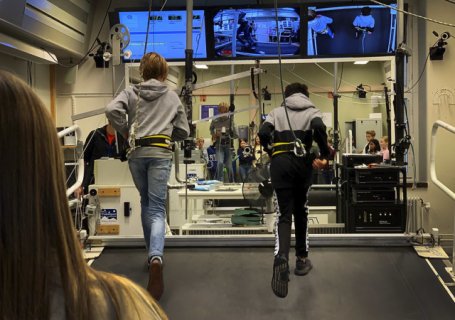In order to engage the public in science and design effective citizen science projects, it is important to understand the main motivations that drive individuals to engage in research. The paper "The motivation for citizens' involvement in life sciences research is predicted by age and gender by the ORION partners CEITEC, CRG and VA was published on 3 August, 2020, in in PLOSONE. The findings are based on the ORION study "Public attitudes to life sciences research in six European countries which was designed to map citizens'' expectations regarding science to inform and support research organisations on how to engage with the general public.
Open Science is an umbrella term encompassing multiple concepts as open access to publications, open data, open education and citizen science that aim to make science more open and transparent. Citizen science, an important facet of Open Science, actively involves non-scientists in the research process, and can potentially be beneficial for multiple actors, such as scientists, citizens, policymakers and society in general.
However, the reasons that motivate different segments of the public to participate in research are still understudied. Therefore, based on data gathered from a survey conducted in Czechia, Germany, Italy, Spain, Sweden, and the UK (N = 5,870), this study explores five types of incentives that can motivate individuals to become involved in life sciences research. The results demonstrate that men and younger individuals are more persuaded by extrinsic motives (external benefits or rewards), as compared with women and older people, who are driven by intrinsic motives (that originates from within an individual). This paper shows that specific strata of the population are differentially motivated to engage in research, thereby providing relevant knowledge for effectively designing public involvement activities that target various groups of the public in research projects.
Data Availability Statement: The full, anonymized dataset has been uploaded to the Zenodo repository under the title of this paper.
